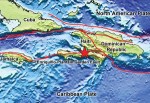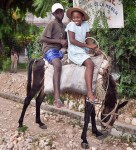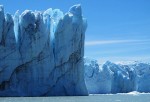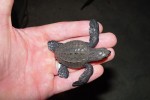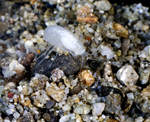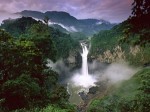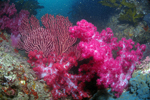
By Staff, Save Jeju Now. A South Korean naval-base project for U.S. missile defense warships on Jeju Island threatens to destroy one of Earth’s last great soft coral reefs, numerous endangered species, and centuries-old sustainable communities. The leadership of the International Union for Conservation of Nature (IUCN) World Conservation Congress (WCC) taking place near Jeju has refused to criticize the naval base or grant the villagers access to an information display booth. In addition, WCC speaker Imok Cha, who supports the conservation of Jeju, was denied entry into Korea. (Videos)
Continue reading →

